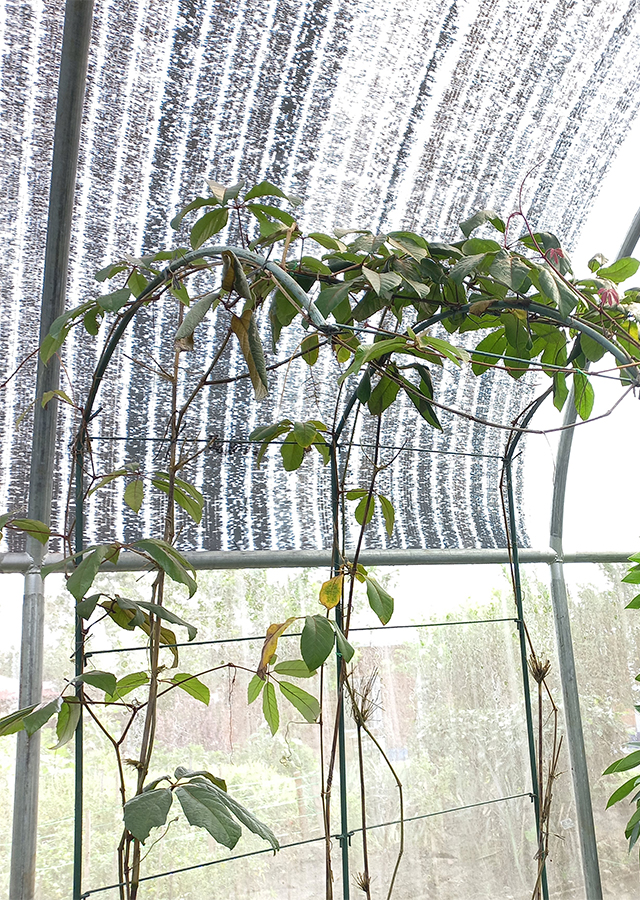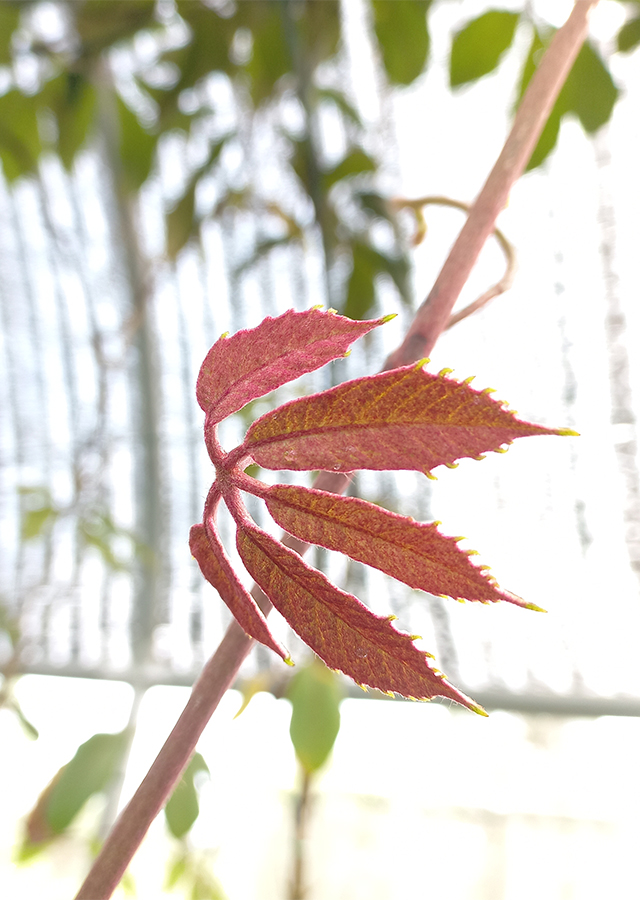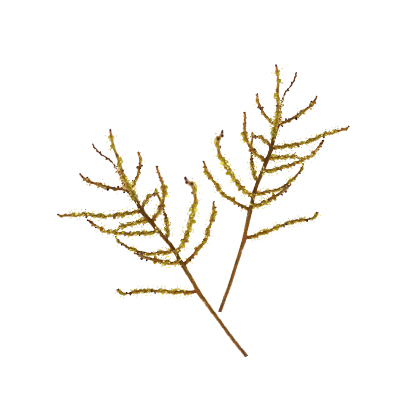Elegant Ivy Vine
Ampelocissus elegans Gagnep.
Vitaceae
Location in our garden
Green House



Synonym
Vitis coralloides Hook.f. ex M.A.Lawson
Vitis elegans Kurz
Habitus
Climbers. An evergreen herbaceous climber that is covered in thick woolly hairs.
Part Used
Leaves
Fruit
Growing Requirements
Full Sunshine
Need Shade
Habitat
Forest
Terrestrial
Overview
Ampelocissus elegans is native to Myanmar, Thailand, and the Malay Peninsula. The trifoliate leaves of A. elegans are used in cooking and herbs. It used as a spice in cooking. The fruit of A. elegans can be used in Chinese herbs. Ampelocissus elegans merupakan tanaman merambat yang sebarannya meliputi Indonesia (Sumatra), Semenanjung Malaya, Myanmar, Thailand. Harvested from the wild for traditional medicine in North Sumatra by Karonese, and reported that fruit of A. elegans are also used in Chinese traditional medicine to cure various diseases. The leaves are used as herbs and spices for cooking. Sometimes, it is grown as an ornamental plant.
Vernacular Names
No found data on this. Need further research.
Agroecology
Elegant ivy vine can be found in terrestrial (primary rainforest, secondary rainforest). It prefers full sun to partial shade, and a well-drained soil.
Morphology
- Stems - covered in a dense indumentum, turn brown with age, and up to 8 mm across.
- Leaves - simple when immature, but 3-lobed to 3–5-foliolate with sessile leaflets when mature. The leaf blade is covered with dense white indumenta that turn brown with age, and are persistent on the nerves and below. The terminal leaflet is obovate, 9.5–20 × 4–9.5 cm, and the lateral leaflets are oblique ovate and 5–18 × 2–10.5 cm. The bases of the leaflet blades are decurrent.
- Flower - the inflorescence is a panicle of spikes and 21–38 cm long. It has green petals and a green disc.
- Fruit - berry is ovoid, ripens red, and is about 8 mm across, and bears 1–4 seeds.
Cultivation
Vegetatively propagated by stem cutting.
Chemical Constituents
No found data on this. Need further research.
Traditional Medicinal Uses
- A. elegans is used as stamina booster by Karonese (Indonesia).
- It is used in the treatment of stomachache.
Part Used
Reference Sources
- Kew Royal Botanic Gardens. (2021). Plants of the World Online: Ampelocissus elegans Gagnep. https://powo.science.kew.org/taxon/urn:lsid:ipni.org:names:869594-1. 31-12-2021.
- National Museum of Natural History. (No date). Ampelocissus elegans (Kurz) Gagnepain. https://eol.org/pages/5540464/articles. 31-12-2021.
- National Park of Singapore. (2021). Flora & Fauna Web: Ampelocissus elegans Gagnep. https://www.nparks.gov.sg/florafaunaweb/flora/6/7/6730. 31-12-2021.
- Yeo, C.K., Ang, W.F., Alvin F. S. L. Lok, and Ong, K.H. (2013). The Conservation Status of Ampelocissus Planch. (Vitaceae) of Singapore, with a Special Note on Ampelocissus ascendiflora Latiff. Nature in Singapore 2013, 6: 45–53, March 2013 © National University of Singapore. https://web.archive.org/web/20151023185443/http://lkcnhm.nus.edu.sg/nis/bulletin2013/2013nis045-053.pdf.

